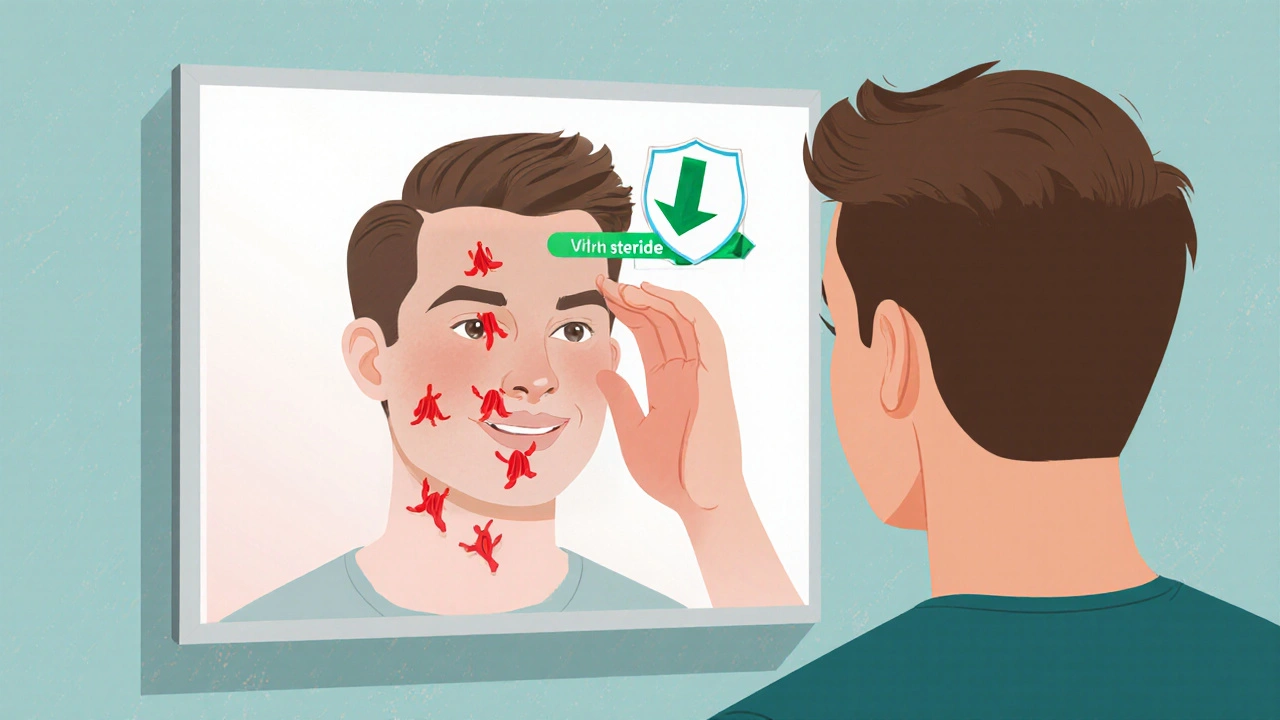Male Pattern Baldness: Causes, Treatments, and What Actually Works
When you start noticing your hairline thinning or your crown getting see-through, you’re not alone. Male pattern baldness, a genetic condition where hair follicles shrink due to sensitivity to dihydrotestosterone (DHT). Also known as androgenetic alopecia, it’s the most common reason men lose hair—over 50% of men over 50 experience it in some form. This isn’t just about looks. It’s a biological process tied to hormones, family history, and time. You can’t change your genes, but you can understand what’s happening and what actually helps.
DHT, a byproduct of testosterone that attacks hair follicles on the scalp is the real culprit. It doesn’t affect all areas equally—your temples and crown are most vulnerable, while the sides and back usually stay put. That’s why hair transplants work: they take follicles from the back, where DHT doesn’t bother them, and move them forward. But you don’t need surgery to start seeing results. Finasteride, a prescription pill that blocks DHT production, has been proven in clinical studies to stop or even reverse thinning in many men. Minoxidil, a topical solution that stimulates blood flow to follicles, works differently—it doesn’t touch DHT, but it helps weak hairs grow thicker. Used together, they’re more effective than either alone.
Not everything you see online works. Shampoos that claim to "block DHT"? Most don’t penetrate deep enough. Hair growth vitamins? They help if you’re deficient, but they won’t fix genetic thinning. And yes, stress can make hair fall out faster—but it won’t cause male pattern baldness on its own. What matters is consistency. Finasteride needs months to show results. Minoxidil must be applied daily, forever, or you lose what you gained. The best approach is simple: know your cause, pick one or two proven methods, and stick with them.
What you’ll find below are real comparisons and practical guides on treatments, supplements, and lifestyle changes that actually connect to how male pattern baldness works. No marketing hype. Just what works, what doesn’t, and what to watch out for when you’re trying to hold onto your hair.
